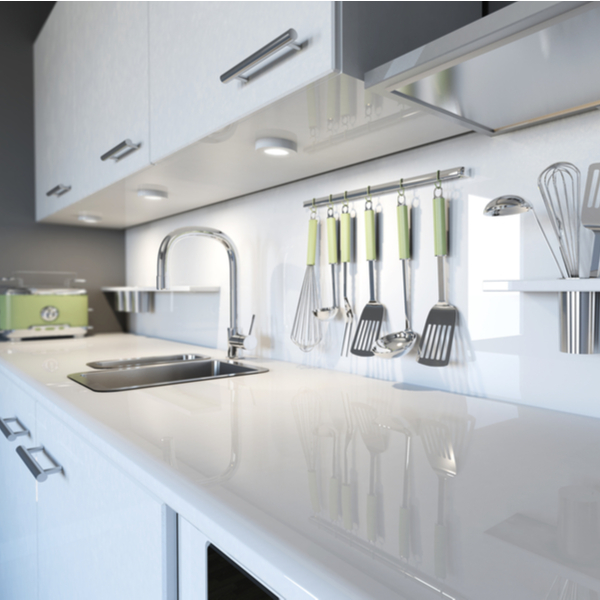Residential Cleaning and Sanitization Services
Experience the Highest Standard of Home Cleaning
At this time, with families spending more time at home, there are very few things that can compete with your health and comfort of a clean home. We understand that keeping your surroundings clean and SANITIZED is more important than ever. Our professional cleaners are top of the line and consistently provide meticulous home cleaning services. So, let us show you how we can go above and beyond your expectations and show you the Breathe Easy Experience!

Deep Clean Sanitization
Regular Maintenance Cleaning and Sanitization


one time Hourly and pre/post event cleaning
Why Book Us?

Licensed, Bonded and Insured

Professional, Detailed and Contactless Cleaning

No Contracts
*Disinfectant services available upon request
Frequently Asked Questions
This involves the removal of visible contaminates such as dirt, dust, debris, impurities and germs from soiled surfaces and objects. This method alone is not designed to kill germs. An application process is followed by a mechanical and thermal action. The application of soap and water or a cleaning detergent solution, along with friction from a cleaning tool, such as a cleaning cloth or brush, help to reduce populations of germs present. Rinsing away unwanted residue prepares the surface for the next step of sanitization or disinfection.
The first step in the cleaning process is actually cleaning. Cleaning involves the removal of visible contaminates such as dirt, dust, debris, impurities and germs from soiled surfaces and objects. This method involves an application process followed by a mechanical and thermal action. Applying soap and water or a detergent cleaning solution along with friction from a cleaning tool, such as a cleaning cloth or brush, and then rinsing help to reduce populations of germs present. However, with this method, soap and water or detergent cleaning solutions alone are not designed to kill germs. It is important to understand that cleaning is less about killing germs, and more about removing unwanted residue and preparing the surface for the next step of sanitization or disinfection.
The second step the cleaning process can either be sanitization or disinfection. (see below) Disinfection is more rigorous or robust process than sanitization. The choice is determined by how contaminated the surface was to begin with, and how much contaminants that were able to be removed by the first step. However, whichever is chosen, the aim is to reduce the germ load to attain the level of cleanliness in accordance with the established guidelines of the Center of Disease Control (CDC), and in keeping with the public standards and requirements for health and safety.
At Breathe Easy Cleaning Solutions, the health and welfare of a building and its occupants is our highest priority. We will select the appropriate methods, based on CDC guidelines, needed to reduce surface pathogens to a level that is deemed acceptably safe by public standards. This will lower the spread of disease carrying pathogens that cause infection.
The sanitizing method is usually sufficient enough to kill the majority of germs, such as harmful bacteria in homes, but it cannot make antiviral claims. To meet CDC guidelines, sanitizing chemicals must kill 99.999% of infectious bacteria with the appropriate contact dwell time. Sanitizing would be enough for surfaces that come into contact with food such as tabletops and cutting boards, and should be sanitized several times a day.
The disinfecting method is designed specifically to kill and prevent the spread of viruses and pathogens on a surface or object using a disinfectant. This works by using EPA-registered chemicals, bleach solutions or 70% alcohol solutions. When used correctly, in order to have these claims, these cleaning agents must kill 99.999% of infectious bacteria, viruses, and fungi within an appropriate contact dwell time labeled in the instructions, therefore controlling potentially widespread transmission of dangerous microorganism disease causing agents. Because disinfecting kills different types of and more pathogens than sanitizing, we will often use the disinfectant process in community buildings that do not house people overnight such as non-healthcare facilities, school and daycare centers, or those businesses that may serve the vulnerable population or persons with compromised immune systems and frequently touched areas such as bathrooms and fitness centers.
The health and safety of our customers and employees is our highest priority during this time, therefore we are taking preventative measures and following guidance set by the CDC in our day to day operations. We are pre-screening of all team members reporting to work on a daily basis, sending home any team members exhibiting symptoms of the virus and implementing a mandatory stay at home order when sick.
In your home/place of business we are:
- Requiring hand washing upon entering a new service job and before leaving, using alcohol-based hand sanitizer when soap and water is not available.
- Keeping the recommended 6 feet distance from people.
- Wearing mask, gloves and shoe covers while providing service.
- Sanitizing high touch surface areas such as doorknobs, light switches and other commonly touched surfaces areas with an Environmental Protection Agency (EPA) registered cleaning solution.
- Using clean and sanitized microfiber cleaning clothes and microfiber mop-heads between services, microfiber has demonstrated to reduce 99% reduction in dust and bacteria.
- Disinfecting cleaning equipment and supplies and changing sopping out new vacuum attachment before each service.
- Disinfecting the interior of vehicles daily

